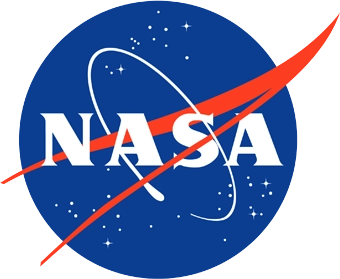Early Career Scientist Spotlight
Ms. Isabella Carlton (she/her)
Astrophysicist
X-ray Astrophysics Laboratory (662)
What inspired you to pursue a career in astrophysics?
Growing up, I always knew that I enjoyed math and science, but I wasn’t sure exactly what I wanted to do with those skills until I took my first Astronomy class during my senior year of high school. This class was the turning point for me because I was immediately fascinated by topics such as star formation and galaxy evolution and was inspired by the massive number of unanswered questions in Astronomy. When I started undergrad, I immediately declared my Astrophysics major and began my intro classes. As I continued, the classes got more and more exciting and complex, which motivated me to want to attend graduate school.
After I completed my undergraduate degree, I moved to New Jersey to become a research assistant. This was my first experience being a full-time astrophysics researcher. While I was there, my advisor had strong ties to STScI, so we took a little field trip to check it out. Seeing full-time, grown-up astronomers (that weren’t professors) was very inspiring, because I am not so sure that I want to be a professor, but I would very much like to remain an astrophysicist. The week we were visiting also happened to be the time that Jocelyn Bell Burnell was visiting STScI. It was so special to be able to spend time with such an impactful female in physics history. I feel strongly about making physics and astronomy more accessible to everyone – especially minorities. Women are notoriously underrepresented in STEM fields, even though we are half of the population. I hope to be an inspiring figure to future generations as I strive to make astronomy more inclusive and accessible.
Tell us about the research projects you are currently working on.
I am currently an Astrophysicist in the X-Ray Lab at NASA Goddard studying Active Galactic Nuclei (AGN). At the center of an active galaxy, there is a supermassive black hole (SMBH) that is accreting material, and thus emits an enormous amount of energy. AGN are the most luminous objects in our universe, and we are still curious about their role in galaxy evolution. Currently, I am studying a specific galaxy named NGC 424. NGC 424 is a nearby galaxy with characteristics that make it ideal for studying the outflows from the AGN and star formation. For example, the central AGN is heavily obscured, so the faint extended emission coming from the outflows that is usually overshadowed by the bright AGN is more easily visible. Further, the optical spectrum shows several highly ionized lines indicative of AGN activity, allowing us to better disentangle emission coming from the AGN vs. stellar sources. These characteristics enable a detailed study of the feedback mechanisms in the galaxy, allowing us to learn more about the relationship between AGN activity and the evolution of the galaxy.
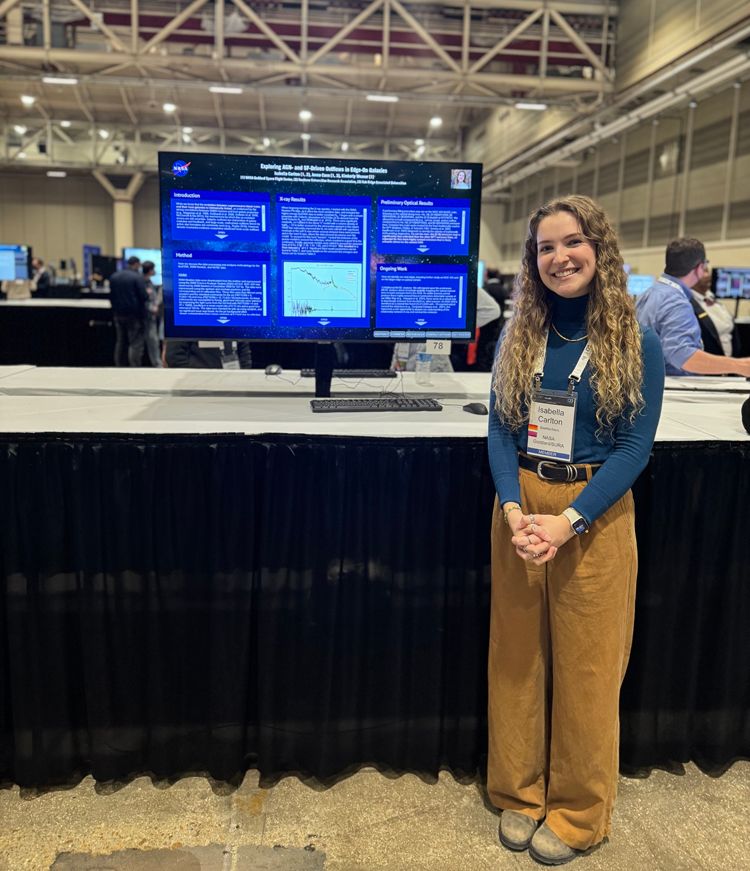
Credit: Jenna Cann
What are your future research interests and goals?
My future career goals are to obtain my PhD and continue working on research in Astrophysics. I will be starting a PhD program this fall at the University of Utah where I will either continue studying AGN or potentially begin studying intermediate-mass black holes within our home galaxy, the Milky Way. After I graduate, I would love to eventually return to NASA and continue collaborating with other Astrophysicists on cutting-edge research. This past year has been an incredible opportunity to gain insight into the life of a full-time researcher at a federal lab. I now have so much experience getting involved with missions through the XMM-Newton Guest Observer Facility (GOF) and the Accretion Explorer science team. With my time as a post-bac, I know that I enjoy full-time research and am so excited to return to being a full-time researcher in time.
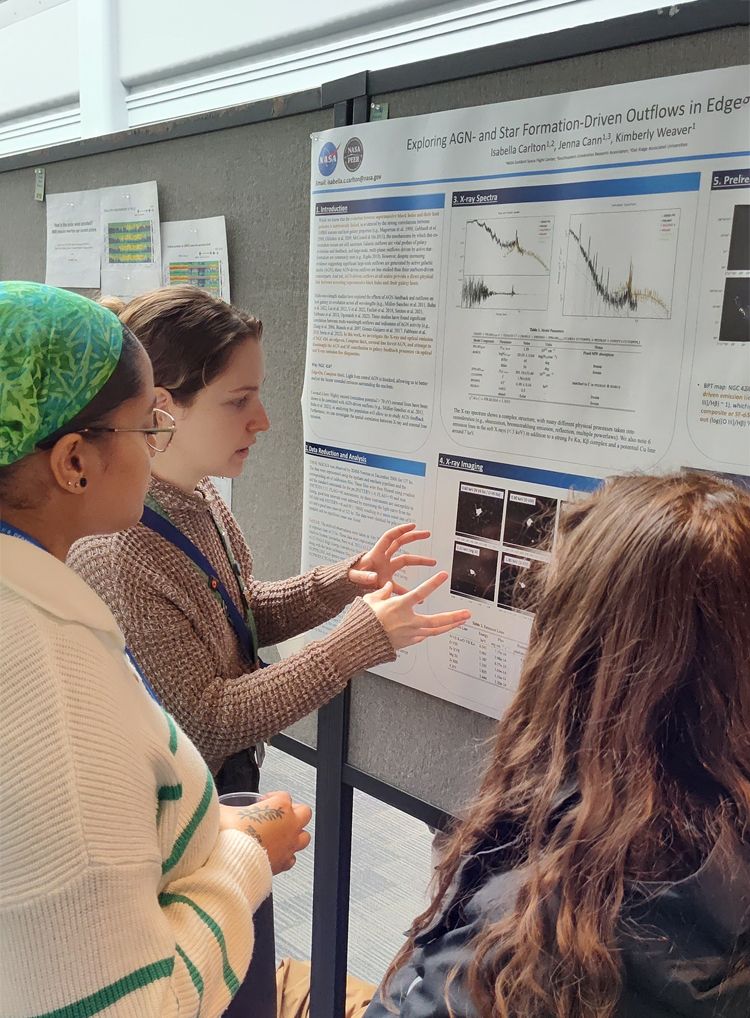
Credit: Katie McKee
What do you like to do in your free time?
In my free time I enjoy hiking, playing the piano, playing video games, and hanging out with my cat Nimbus. I also love going to concerts and music festivals. I love to travel whenever possible, but I also enjoy a nice day on the couch doing absolutely nothing.
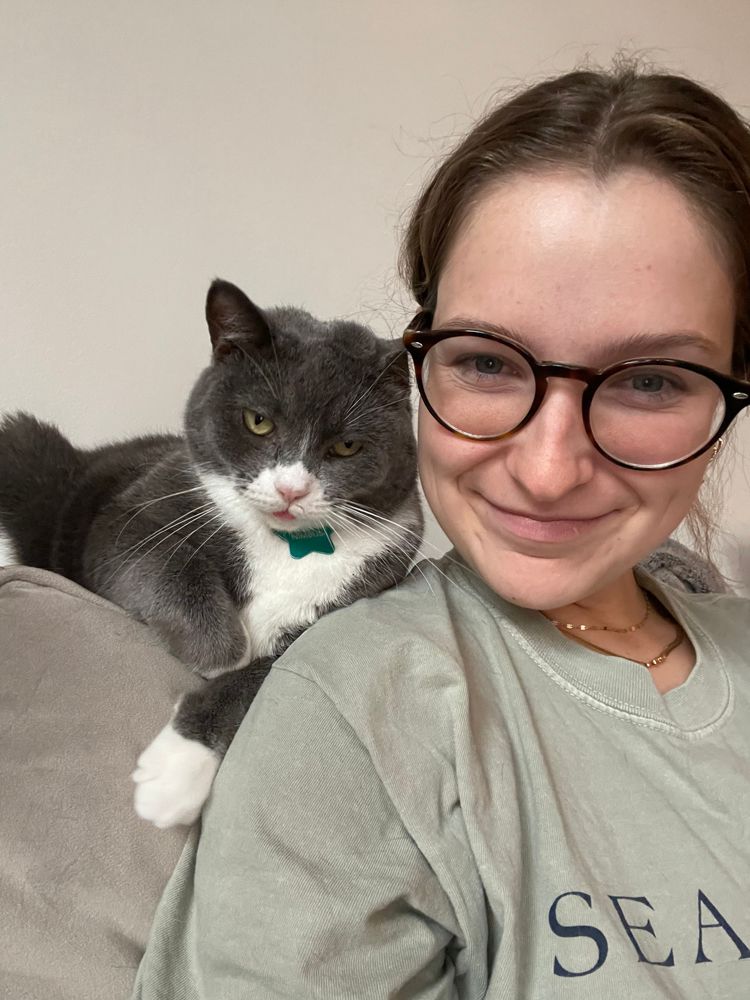
Credit: Isabella Carlton
What early career advice do you have for those looking to do what you do?
Some early career advice that I have for people looking to pursue a career in astrophysics research is to get involved in research as early as possible, and to not get discouraged if you don’t get into graduate school on your first try applying. I applied to graduate school three times, and did not get accepted or even waitlisted until my third try. In the meantime, I worked a post-bac position at The College of New Jersey, then another with NASA GSFC. It definitely helped me to be open to new opportunities and to be flexible, as I needed to move to three different states in the last three years. Through these experiences, I slowly became a better graduate school candidate as I learned more about my research interests, expanded my skills, and built my network.
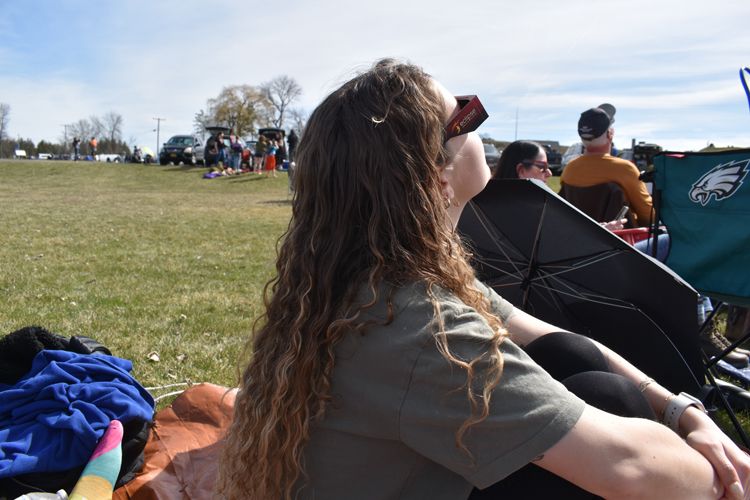
Credit: Emma Kleiner
How did you end up working at NASA Goddard?
After I graduated from the University of Georgia, I got a one-year post-bac research position studying Active Galactic Nuclei (AGN) with X-ray data at The College of New Jersey. When that came to a close, I found the NASA Goddard post-bac job position on the AAS website and applied. I was interviewed by my current advisors and started work at Goddard about two months later. Because I already had experience working with XMM-Newton data and being a part of the X-ray world, I was able to begin my research with Goddard right after onboarding. I was so excited to continue working with X-ray data and expand to optical data, too. Working at Goddard for this past year has been incredibly rewarding and has been the most I have grown as a scientist thus far.
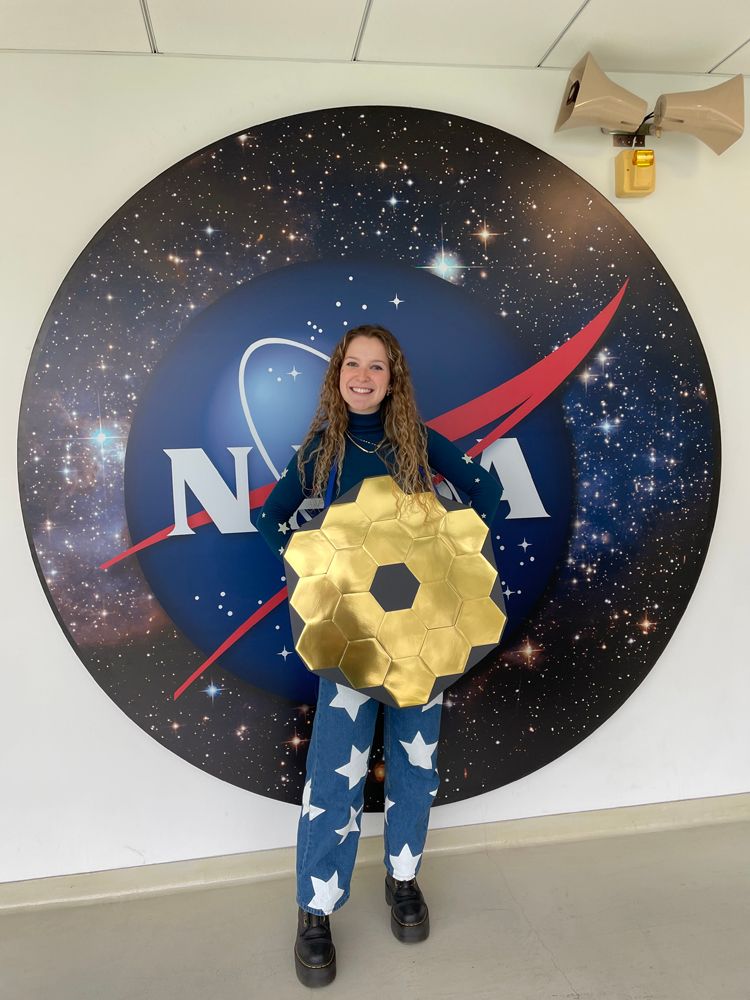
Credit: Rachel Hemmer
What does a typical day at work look like for you?
Every day on NASA Goddard campus is so surreal. I am so privileged to have the opportunity to work amongst such great scientists. Throughout a typical work day, I spend lots of time analyzing XMM-Newton or VLT/MUSE data using Python or the image analysis software SAO DS9, and I usually have a couple of meetings a day. If the weather is nice, the post-bacs will gather outside for lunch. I thoroughly enjoy going to check on the Nancy Grace Roman Space Telescope and seeing everyone in their little bunny suits working hard to ensure the telescope will gather great new data. One of my favorite parts of my routine is when the post-bacs get together every Thursday for a workshop or co-working hours. This is our opportunity to learn from the post-docs, or sit in the company of coworkers and work on our own projects.
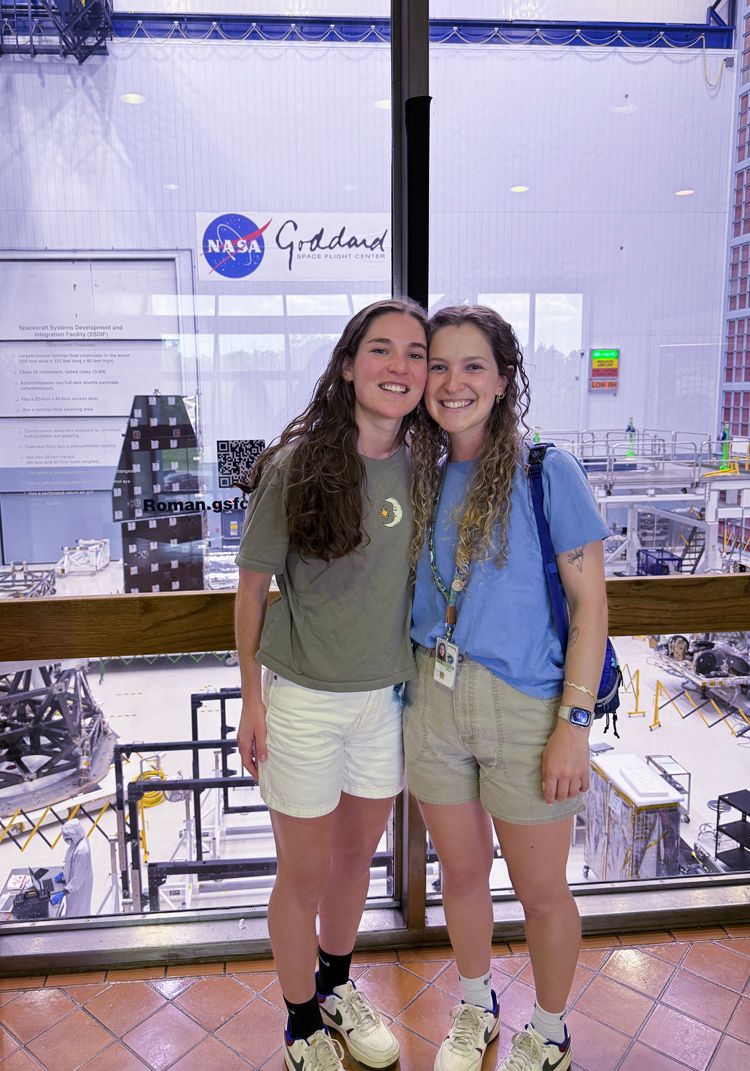
Credit: Emily Broadbent
Biography
Home Town:
Rome, GA
Undergraduate Degree:
B.S. in Astrophysics (minor in Mathematics), University of Georgia, Athens, Georgia
Post-graduate Degrees:
Starting at the University of Utah Fall 2024, aiming for Physics Ph.D. w/ concentration in Astrophysics
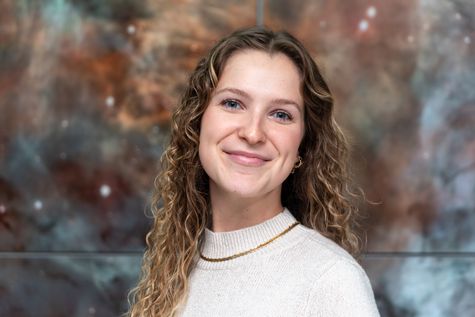
Link to Ms. Carlton's GSFC Bio
